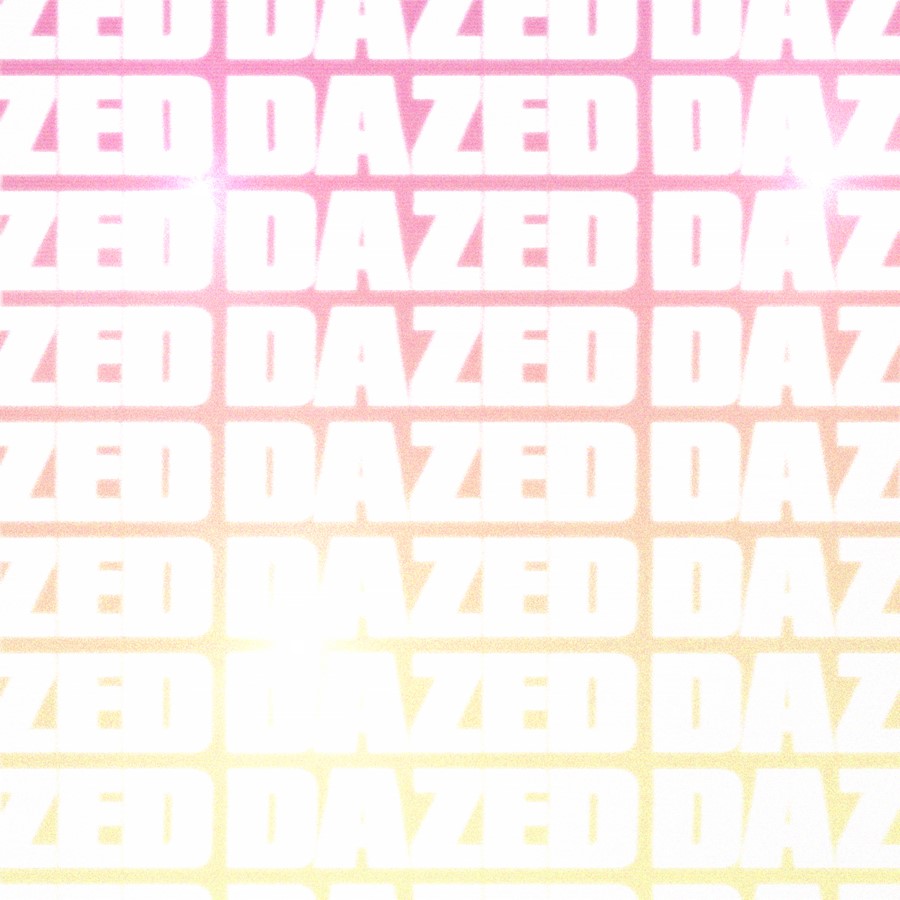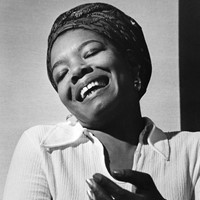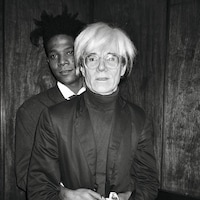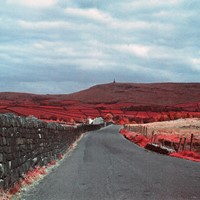In an art world shaped by memes and appropriation, a landmark legal case is helping draw the line between imitation and infringement
“Good artists copy; great artists steal,” goes the famous quote attributed to Pablo Picasso. Although he is rumoured to have stolen it from Igor Stravinsky. Or was it William Faulkner, or TS Eliot? Either way, it’s clear that artists have been “stealing” each other’s ideas for as long as anyone thought to claim ownership. The evidence is right there throughout art history, in everything from Rubens’ unapologetic copies of Titian masterpieces, to Andy Warhol’s pop-cultural reproductions. Scroll down @whos_who on Instagram – a kind of Diet Prada for the art world – and you’ll find countless examples of more contemporary copycats.
In recent years, though, artistic appropriation has become an increasingly contentious issue. Artists such as Richard Prince – whose infamous New Portraits series has seen him copy influencers’ Instagram posts and paste them on a gallery wall – have sparked furious ethical debates, not to mention several copyright lawsuits and a reclamation campaign by Emily Ratajkowski. In 2021, Jeff Koons also lost several lawsuits and was ordered to pay hundreds of thousands of dollars for his recreations of commercial ads. This year, the US Supreme Court will decide whether Andy Warhol plagiarised a photo of Prince for a series of silkscreen images in 1984.
So when did plagiarism become such a big deal? When did originality become more important than execution? Admittedly, the recent wave of legal disputes may have something to do with the fact that imitating another artist’s work no longer requires anywhere near as much skill or innovation as it used to – thanks to the internet, it’s often a case of copy and pasting an image from its source. But the internet has also made artists more protective over the images they create, suggests Mohammad Khan, a solicitor with the intellectual property law firm Briffa.
“The growing accessibility and use of the internet has meant that artists have the ability for their art to be seen by millions, if not billions, of people from around the world,” Khan says. Naturally, artists want to claim responsibility if their art goes viral, but they also have increasingly sophisticated ways to reap the financial rewards, from NFTs to Web 2.5 subscription models. Because of this, “owners of copyright work are more determined, and incentivised, to protect their work,” Khan adds, “and avoid a situation where others are benefiting from their work without being compensated”.
Proving that you deserve compensation for your art is easier said than done, however. The Andy Warhol Foundation lawsuit, for example, has been going on for almost half a decade, revolving around a dispute about the “transformative” nature of Warhol’s alterations. Earlier this month, a German court also dismissed a three-year plagiarism case against German artist Martin Eder, which could change the face of appropriation art for good.
Back in 2019, Eder was accused of infringing on the copyright protections of UK artist Daniel Conway with his 2018 painting The Unknowable, which sampled imagery – a pink cherry tree blossoming over cascades of lava – from Conway’s digital painting Scorched Earth, which had proliferated online as an anonymous desktop background, the name of its original author lost in cyberspace. Now, after three years of Eder hiding The Unknowable away, and attempting to scrub all traces from the internet, the German court overseeing the case has ruled Eder not guilty, declaring his work a pastiche. As a result, he is free to exhibit the oil painting again, albeit not in time for a large retrospective in Augsburg.
Before becoming the focal point of a years-long legal dispute, The Unknowable wasn’t all that different from the rest of Eder’s work. Transplanting Conway’s cherry tree to a surreal landscape that also samples a 1819 painting by Caspar David Friedrich, overlaid with a naturalistic nude portrait, the artwork fits with the collage-like, high-low aesthetic that’s won him a cult following in recent decades. See also: the nudes that borrow imagery from online porn, or the kitsch (but meticulous) cat paintings that evoke mid-2000s meme culture. So what happened? Why is this the painting that could change the course of a whole artistic practice?
To some extent, it can be traced back to a simple coincidence. Back in 2018, The Unknowable ended up in the collection of Damien Hirst, who went on to exhibit it in his Newport Street Gallery in London. Apparently, Conway – also based in London – spotted his landscape in the upper right corner by chance while visiting the gallery. A Diet Prada post subsequently blew up in early 2019, followed by the lawsuit. Then there’s Eder’s defence: a pastiche exception that’s been around since the early 2000s, but was only formally signed into German law in 2021.
“The Martin Eder case looked at the online art world in the form that we know it today, one that would hardly be recognisable when the pastiche exception was brought into EU law in 2001,” says Khan. (Remember, the art world of 2022 is also a world steeped in memes, where anonymity and appropriation reign supreme.) “Therefore, [it] provided a judgement which relates to the intricacies of the modern technological world.”
In this sense, Khan agrees with the claims that the Martin Eder lawsuit is “a landmark case for the flagbearers of the literary technique of pastiche”. It will lay the blueprint for other artists who make a habit of imitating (or parodying) other peoples’ art, he suggests, and ease the mind of those looking to tap into the imitative practices of meme culture.
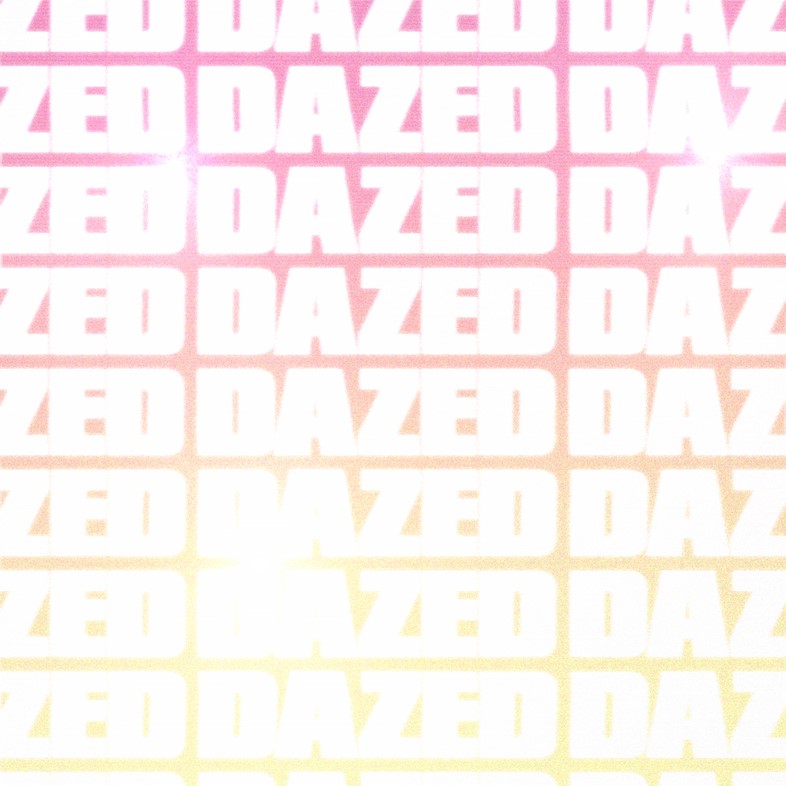
The pastiche exception doesn’t give artists free reign to appropriate each others’ imagery, though, and there’s still a fine line between imitation (legal) and infringement (illegal). But where are we supposed to draw that line? “A clear answer to this question would be worth a million dollars!” Khan says. Even memes aren’t completely exempt. As they’re adopted by companies, institutions, and even entire countries – i.e. folded into the machinery of late capitalism – there’s no telling what intellectual property disputes could crop up.
As an artist, this confusing new world may look like a scary place, littered with pitfalls and legal loopholes that sometimes seem to hinder, not help, artistic expression. As an onlooker, maybe it’s best to take @whos_who’s lead. Despite the inevitable comparisons to Diet Prada, the creator of the anonymous Instagram account tells Dazed that they don’t want to call individual artists out, or dictate where the line should be drawn, legally speaking.
“I am less interested in the copycat discussion [and] more interested in the fact that we are all calling upon similar experiences which produce similar results in creative expression,” they say. “Seeing appropriations side by side is like a visual vibration which is enjoyable to me.”
Both @whos_who and Khan seem to agree on one thing: appropriated art isn’t going anywhere, and there’s nothing that most of us could do to stop it, even if we wanted to. That being said, we can take a moment to place these artworks side-by-side with their originals and come to our own conclusions. Are they doing something new? Are they adding value? Do they have good intentions? After all, imitation is the sincerest form of flattery, as the saying goes (not sure who said it first – who cares?).
